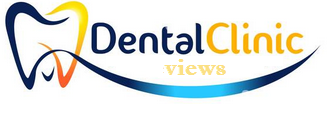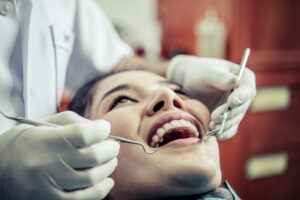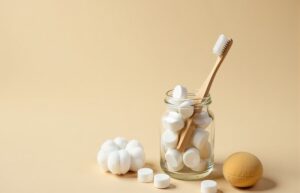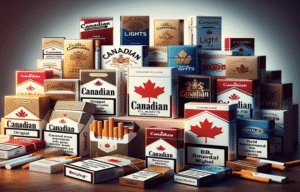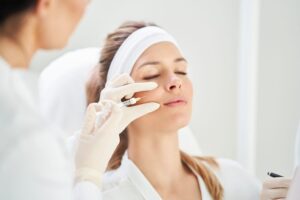Why the Future of Brushing Is More About Balance Than Abrasion
3 min read
Walk into any American bathroom and you’ll find the same scene playing out. People attacking their teeth like they’re scrubbing a dirty pan. Gritty paste, stiff brushes, and enough pressure to make gums bleed. Yet dental problems keep getting worse, not better. More sensitivity. More recession. More enamel disappearing into thin air.
For years, toothpaste ads promised that rougher textures meant better cleaning. Brushes got harder. Formulas got grittier. Everyone bought into this idea that teeth needed tough love. We were wrong all along. Current research reveals that aggressive scrubbing is counterproductive.
What Really Happens When You Brush
Your mouth never gets a break. Bacteria pump out acid around the clock. That acid eats at enamel. Food debris feeds more bacteria. Round and round it goes. People figure that scrubbing harder will win this fight, but that’s missing the point entirely. Here’s the thing about enamel; once you wear it down, that’s it. No second chances. Each session of harsh brushing strips away microscopic layers of this shield that took years for your body to build. Gums retreat too, exposing roots that have no business being above the surface. Those roots lack enamel’s protection, so suddenly hot coffee and ice cream become torture devices.
What teeth actually need is bacteria disruption without the collateral damage. Like dusting furniture; you remove the dust without scratching the wood. Soft bristles work fine. Light pressure does the job. Modern formulas that support your mouth’s own repair systems instead of just grinding everything away.
The Science Behind Gentler Care
Studies keep coming up with the same message. Gentle circles beat harsh sawing motions. Soft bristles clean plaque just fine without the trauma. How much pressure should you use? Barely any. Hold your brush like you’re writing with a pencil, not hammering a nail.
Chemistry has come a long way too. Hydroxyapatite toothpaste from brands like Ecofam contain ingredients that actually patch up tiny holes in enamel. Other pastes use enzymes to dissolve plaque naturally, no scratching required. These formulas build teeth up while cleaning them, which makes way more sense than slowly filing them down. Your mouth already has defense systems we’ve been sabotaging. Minerals in saliva repair teeth continuously. Good bacteria control bad ones. Natural healing runs constantly in healthy mouths. Today’s smarter approach supports these processes instead of bulldozing through them with harsh mint-flavored chemicals.
Making the Switch to Smarter Brushing
Old habits die hard, especially this one. That raw, tingly feeling after rough brushing? Not a good thing. It signals irritation, not health. Properly cleaned teeth feel smooth but not stripped bare. Pink gums stay pink, not white from too much pressure or red from bleeding. Patience helps during the transition. Set a timer for two full minutes. Let bristles glide instead of grinding. Pick toothpaste for what it gives teeth, not for how much grit it contains. Toss brushes when bristles bend. Lots of people find electric brushes make the switch easier. Consistent motion, controlled pressure, no guessing. But manual brushes work perfectly with good technique. Fancy equipment can’t fix bad habits anyway.
Conclusion
This whole movement toward gentler brushing signals a bigger change in how we think about health. Stop fighting the body. Prevent problems rather than attacking them after they develop. Think years ahead, not just about this morning’s breath. Tomorrow’s dental care looks radically different from yesterday’s. Building up instead of wearing down. The healthiest teeth won’t belong to the hardest scrubbers. They’ll belong to people who learned that sometimes, less really does mean more. After experiencing how much better balanced brushing feels, nobody wants to return to those harsh old methods.
